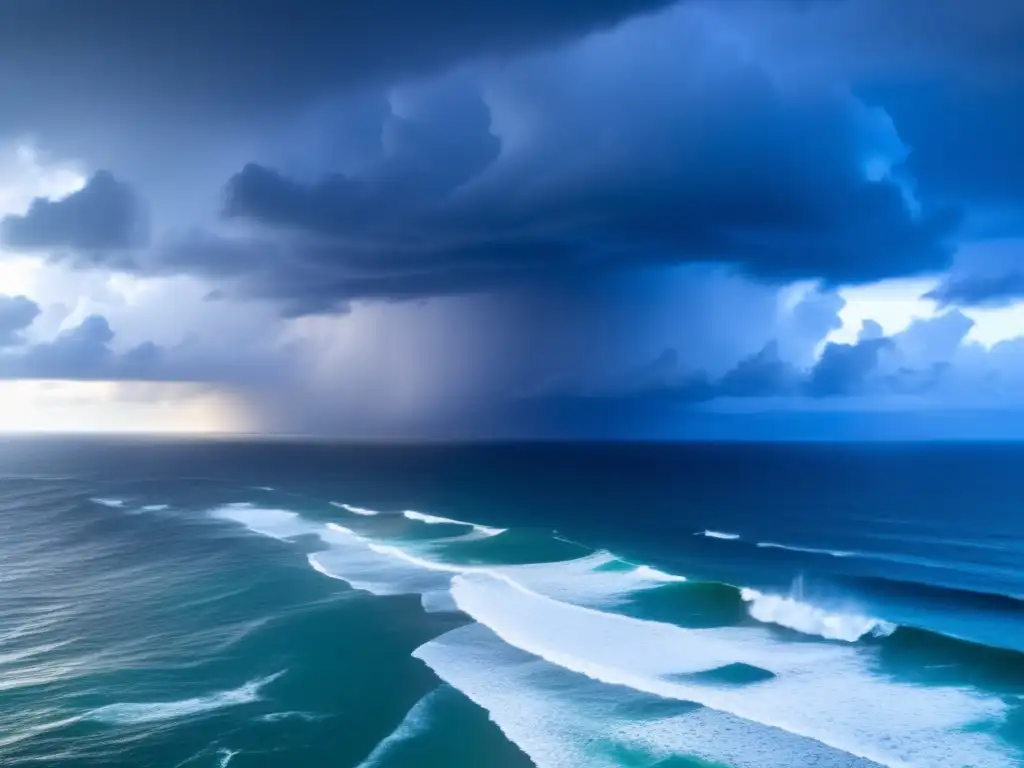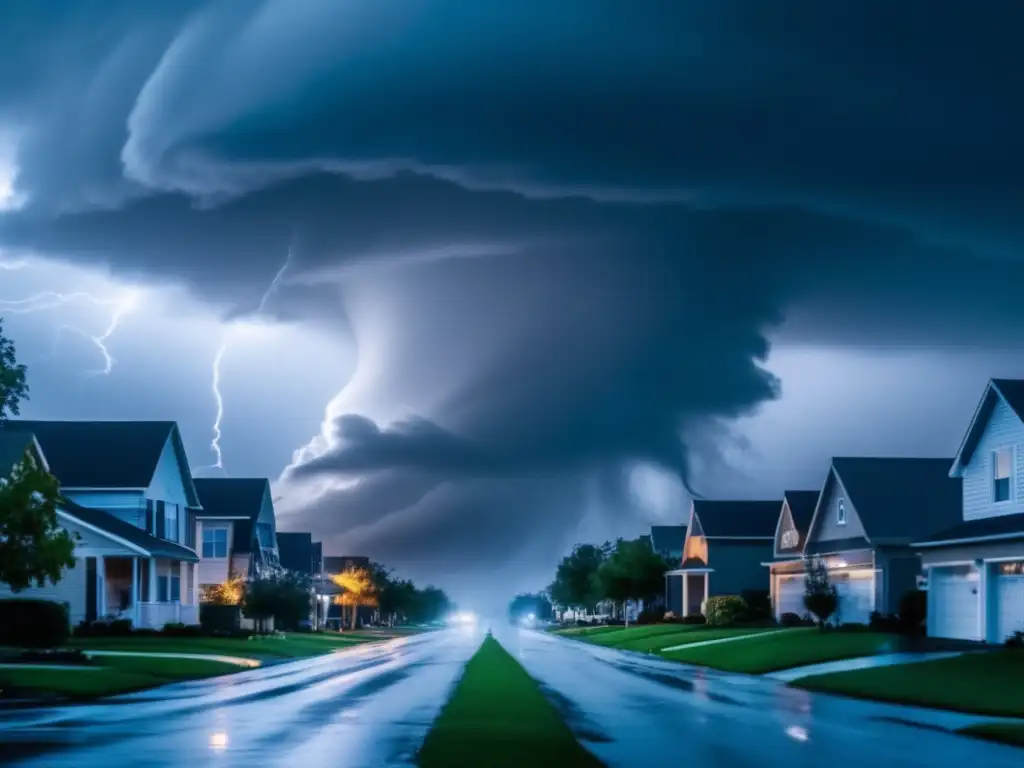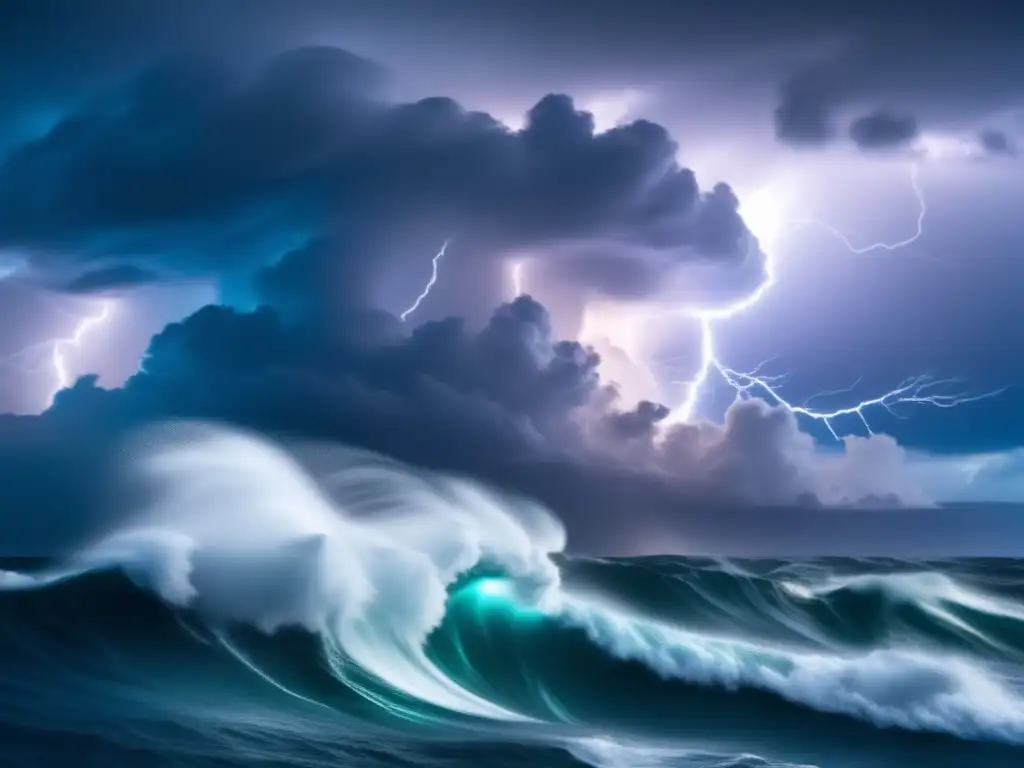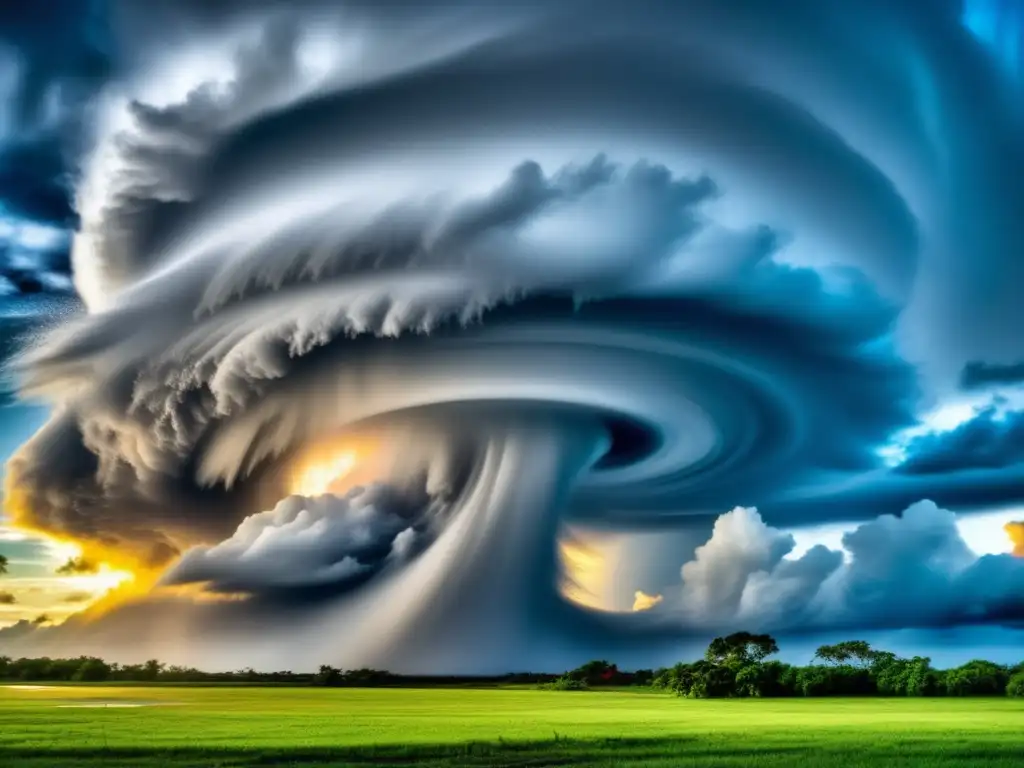Wind Patterns And Hurricanes: An In-depth Look

Wind Patterns and Hurricanes: An In-depth Look
Introduction
When it comes to hurricanes, one of the key factors that determine their behavior and impact is wind patterns. Understanding these patterns can help individuals prepare and stay safe during a hurricane. In this article, we will take an in-depth look at wind patterns and their role in hurricanes.
The Basics of Wind Patterns and Hurricanes

What are Wind Patterns?
Wind patterns refer to the direction and speed of wind movement in a particular area or region. These patterns are primarily influenced by temperature and pressure differences within the atmosphere, as well as the rotation of the earth.
How Do Wind Patterns Influence Hurricanes?
Wind patterns play a crucial role in the formation, intensity, and track of hurricanes. In the Northern Hemisphere, hurricanes rotate counterclockwise, with winds blowing from east to west. The opposite occurs in the Southern Hemisphere, where hurricanes rotate clockwise, with winds blowing from west to east.
The directions and speeds of wind patterns also influence the development and movement of hurricanes. For example, if there are strong winds blowing in different directions at various levels of the atmosphere, it can disrupt the warm, moist air that fuels a hurricane's growth. Similarly, if there are no winds or very weak winds, a hurricane may stall or lose its intensity.
What is the Coriolis Effect?
The Coriolis effect refers to the deflection of objects that are moving in a straight line due to the Earth's rotation. This effect is particularly relevant to hurricanes because it influences the rotation of the storm. As mentioned earlier, hurricanes in the Northern Hemisphere rotate counterclockwise, which is due to the Coriolis effect. Conversely, hurricanes in the Southern Hemisphere rotate clockwise due to the same effect.
Wind Patterns and Hurricane Categories

How are Hurricanes Categorized?
Hurricanes are categorized based on their sustained wind speeds measured in miles per hour (mph). The Saffir-Simpson Hurricane Wind Scale ranks hurricanes from Category 1 to Category 5, with Category 1 being the weakest and Category 5 being the most severe. The categorization is done based on the sustained wind speed, which is the speed at which the wind blows consistently throughout the storm.
What Wind Speeds are Associated with Different Hurricane Categories?
| Category | Sustained Wind Speed (mph) |
| Category 1 | 74-95 |
| Category 2 | 96-110 |
| Category 3 | 111-129 |
| Category 4 | 130-156 |
| Category 5 | 157 or higher |
How Do Wind Patterns Affect Hurricane Categories?
Wind patterns can impact a hurricane's category by either strengthening or weakening its intensity. For example, if a hurricane passes through an area with high wind shear (i.e., strong winds that vary in direction), it can weaken the storm and reduce its category. Conversely, if a hurricane passes through an area with low wind shear and warm ocean waters, it can strengthen and potentially increase its category.
Wind Patterns and Hurricane Tracks

What is a Hurricane Track?
A hurricane track refers to the path that a hurricane takes as it moves across a particular region or area. The track can be influenced by various factors, including wind patterns, ocean currents, and other atmospheric conditions.
How Do Wind Patterns Influence Hurricane Tracks?
Wind patterns play a crucial role in determining a hurricane's track and whether it will impact a particular region. In the Atlantic Ocean, for example, many hurricanes are steered by the Bermuda High, which is a high-pressure system that typically forms over the western Atlantic Ocean during the summer months. The Bermuda High's wind pattern generally pushes hurricanes towards the United States' East Coast, the Caribbean, and the Gulf of Mexico. However, if there are other atmospheric conditions in place, such as a trough of low pressure or a dip in the jet stream, it can alter the track of the hurricane and steer it away from its initial trajectory.
What is a Cone of Uncertainty?
A cone of uncertainty is a graphic that shows the predicted track of a hurricane and its potential impact area. The cone's outer bounds are usually based on historical data and the National Hurricane Center's forecast track error over the past five years.
FAQs

-
How do wind patterns affect storm surges?
Wind patterns can significantly impact storm surges by either increasing or decreasing their intensity. If winds are blowing towards the coast, it can cause a higher than expected storm surge. Conversely, if the winds are blowing offshore, it can reduce the storm surge's impact.
-
Can wind patterns impact hurricane evacuations?
Yes, wind patterns can play a role in determining whether an area needs to be evacuated due to an approaching hurricane. If the wind pattern is such that the hurricane is expected to impact a particular region, authorities may issue evacuation orders for residents' safety.
-
What is a wind field?
A wind field refers to the area of a hurricane that is affected by hurricane-strength winds. The size of the wind field can vary depending on the hurricane's intensity and other factors such as wind patterns and atmospheric conditions.
-
How do wind patterns differ between the Northern Hemisphere and Southern Hemisphere?
In the Northern Hemisphere, hurricanes rotate counterclockwise, with winds blowing from east to west. Conversely, hurricanes in the Southern Hemisphere rotate clockwise, with winds blowing from west to east.
-
How do wind patterns influence hurricane names?
Wind patterns do not influence the naming of hurricanes. Instead, the World Meteorological Organization assigns names to hurricanes based on a predetermined list of names that are rotated every six years.
Conclusion
Wind patterns play a crucial role in hurricanes' behavior and impact, influencing everything from their intensity to their tracks and potential impact areas. Understanding these patterns can help individuals prepare, stay informed, and stay safe during a hurricane. As we continue to face the increasing threat of hurricanes in many parts of the world, it's critical to have a firm grasp of the basics of hurricanes and their associated wind patterns.
Make sure to stay up-to-date on the latest information from your local weather authorities, and take any necessary precautions before, during, and after a hurricane. We hope this article has provided you with valuable insights into wind patterns and hurricanes and how we can stay prepared and safe in the face of these powerful storms.
Additional Resources

Here are some additional resources that you may find helpful:
- The National Hurricane Center: https://www.nhc.noaa.gov/
- Hurricane Preparedness Tips: https://www.ready.gov/hurricanes
- Hurricane Safety Checklist: https://www.redcross.org/content/dam/redcross/get-help/pdfs/disaster-preparedness-for-hurricanes-and-floods/hurricane_safety_checklist.pdf
 Understanding The Saffir-Simpson Hurricane Wind Scale
Understanding The Saffir-Simpson Hurricane Wind Scale The Fujita Scale Vs. The Saffir-Simpson Scale: What's The Difference?
The Fujita Scale Vs. The Saffir-Simpson Scale: What's The Difference? The Most Devastating Hurricanes In History
The Most Devastating Hurricanes In HistoryIf you want to discover more articles similar to Wind Patterns And Hurricanes: An In-depth Look, you can visit the Basic knowledge about hurricanes: category.
Leave a Reply

Articulos relacionados: